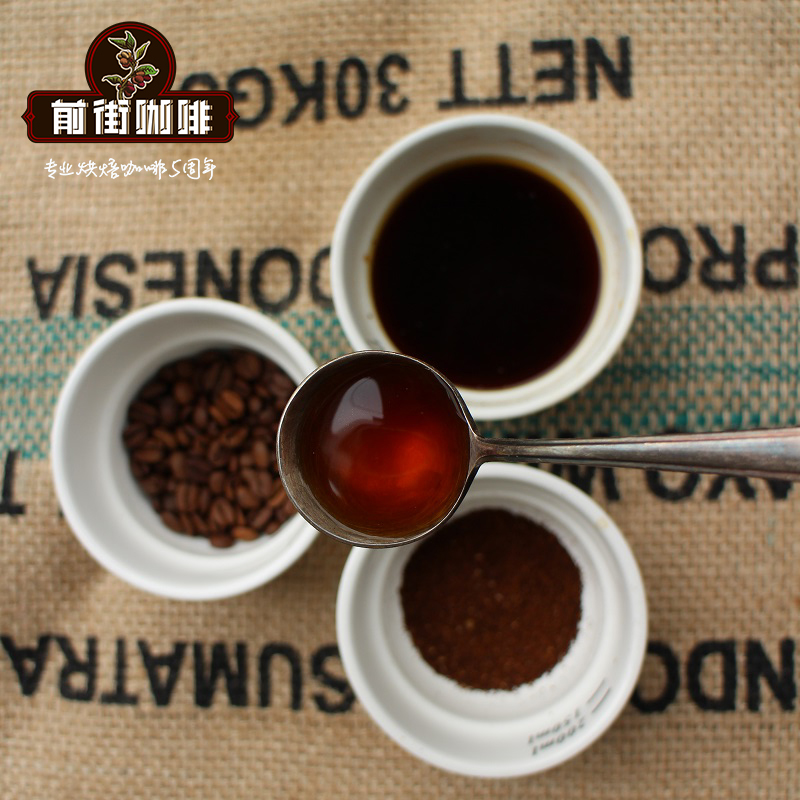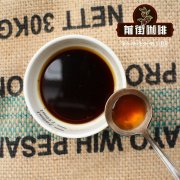Coffee concentration how to choose the coffee concentration and how to adjust the coffee concentration?

Professional coffee knowledge exchange more coffee bean information please follow the coffee workshop (Wechat official account cafe_style)
First of all, it is necessary to understand that different cultural backgrounds have their own preference for coffee brewing. Some countries prefer a delicate flavor, while others prefer a stronger flavor.
In addition, although many people will recommend different powder-to-water ratios, it still varies according to coffee.
"quality and temperature of Water"
In fact, 98% of a cup of coffee is water, so the choice of water is very important! Water that is too soft or too hard is not suitable for brewing coffee. You can buy a water quality TDS pen to test the water used for brewing. TDS (total Total Dissolved Solids dissolved solids) of about 150 is suitable for brewing coffee. The brewing water temperature is too low to release all the flavor substances in the coffee, too high water temperature is easy to over-extract, there will be bad impurities astringent taste, it is recommended to try from the water temperature of 90 degrees. .
.
"the importance and fineness of fresh grinding"
After grinding, coffee beans slowly lose their flavor over time and air. To put it simply, it is like when eating sashimi, the chef or chef begins to deal with the fish after the guest orders. The same is true of coffee beans. Grinding coffee before brewing can retain the original flavor of the coffee as much as possible. I would advise my friends to buy a bean grinder if they want to make their own coffee at home, so that they can choose to buy ripe coffee beans instead of ground coffee powder, and grind the coffee beans before brewing at home to keep the coffee more flavor. Different brewing methods have a suitable degree of grinding, if it is Italian coffee, you need a fine degree of grinding, while hand-brewed coffee can be tried by medium or medium rough grinding. .
.
"selection of cooking utensils"
Different coffee utensils have a great influence on the flavor of coffee, and now there are different preferences for hand-brewed coffee or steeped coffee such as French filter pots. The coffee brewed through the filter paper is relatively clean and refreshing, and the coffee through the metal filter has a more greasy feeling after soaking. Different cooking methods will also affect the cooking time, just like taking pictures, the shutter time is too short or underexposed, too long and overexposed, so the appropriate cooking time is also very important. It is recommended to try the flavor from 2 to 2 and a half minutes.
Of course, this time is not absolute, but also corresponding to the grinding fineness of coffee powder.
So what powder-to-water ratio should be used? For example, if the drip coffee is 1:20, the whole cup of coffee will be too light; if it is 1:10, the coffee will be too strong. Both situations are extreme, and it is necessary to find the right balance for each cup of coffee. You will want to get aroma, acidity and all the delicate flavor in the coffee, so that you can enjoy the coffee.
In addition, some people will use bypass brewing, this method will first use less water to make coffee, get a higher concentration of coffee, and then dilute the coffee with water to prevent the coffee from being too strong to affect the taste.
The powder-to-water ratio is more than that.
Although the ratio of coffee powder to water is important, there are still some factors to consider: water quality, grinding particle size distribution, water temperature and even the mode of water injection.
If the coffee doesn't taste right, try to change one of the factors at a time without moving the others. The easiest thing to adjust is the grinding thickness:
If the coffee is too sour, salty or too thin, grind it down. This will increase the surface area of water contact, which in turn increases the extraction rate and makes the coffee closer to the result of sweetness and flavor.
If the coffee is too bitter, grind it a little bit. This will reduce the surface area of water contact, reduce the extraction rate, and prevent the release of too much bitterness during cooking.
It is not that easy to make good coffee, especially the dripping method, because there are too many different causes. But as long as you can control the cause, it's worth it, because you can drink the flavor written on the beanbag, such as jasmine, red apple, raspberry or honey.
When you control the extraction of coffee well, it means that you use the appropriate ratio of powder to water, grinding thickness and so on, so as to achieve the sweet spot that we pursue.
Important Notice :
前街咖啡 FrontStreet Coffee has moved to new addredd:
FrontStreet Coffee Address: 315,Donghua East Road,GuangZhou
Tel:020 38364473
- Prev

What is the coffee concentration? how to increase the coffee concentration? what is the coffee concentration?
Professional coffee knowledge exchange more coffee bean information please pay attention to the coffee workshop (Wechat official account cafe_style) the simplest form of coffee is to combine ground coffee powder with water. Whether the coffee we drink is bitter, sweet, delicious or hard to swallow, the key to determining these tastes depends on the quality of the beans, the water used, and the way they are combined.
- Next

About the flavor characteristics of coffee how to describe the flavor of coffee
Professional coffee knowledge exchange more coffee bean information Please follow the coffee workshop (Wechat official account cafe_style) eating refined chocolate is not only a simple indulgence, but a complex sensory experience, full of a variety of flavors, aromas and textures. From delicate floral aromas to creamy tastes, the best cocoa and chocolate can create unique flavors. We are always buying coffee.
Related
- Beginners will see the "Coffee pull flower" guide!
- What is the difference between ice blog purified milk and ordinary milk coffee?
- Why is the Philippines the largest producer of crops in Liberia?
- For coffee extraction, should the fine powder be retained?
- How does extracted espresso fill pressed powder? How much strength does it take to press the powder?
- How to make jasmine cold extract coffee? Is the jasmine + latte good?
- Will this little toy really make the coffee taste better? How does Lily Drip affect coffee extraction?
- Will the action of slapping the filter cup also affect coffee extraction?
- What's the difference between powder-to-water ratio and powder-to-liquid ratio?
- What is the Ethiopian local species? What does it have to do with Heirloom native species?

